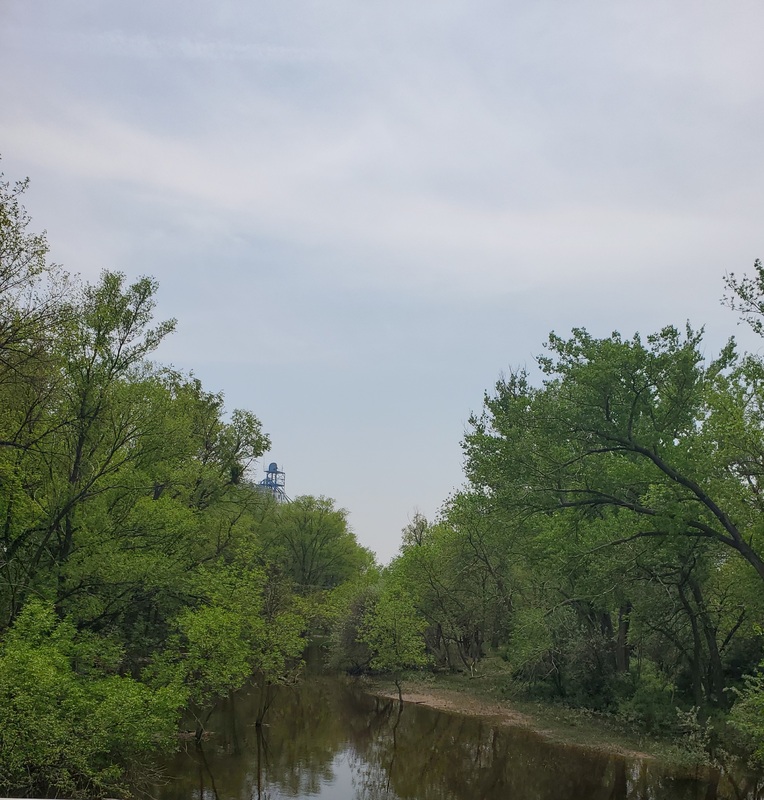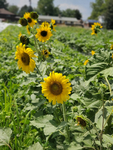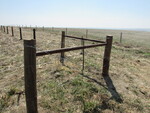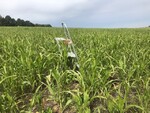Posted date: Jun 2, 2023
by: Admin My Local Life
948 Views

"These resource concerns can be addressed by implementing brush management, specifically to remove Russian olive, salt cedar, and eastern red cedar trees in rangeland along the river," said Allness
Applications for RCPP-SFRR are accepted year-round, and the project will utilize Act Now funding. The final date to apply for fiscal year 2023 funding will be Friday, June 30, 2023. Applications received prior to the deadline will be planned, assessed, ranked, and submitted in the order received and will be preapproved based on fund availability and if a ranking score above the threshold level has been met. Applications received after the deadline will be batched and considered for fiscal year 2024 funding.
"The Act Now funding process will allow applicants with high-ranking scores to avoid the long processing time typically associated with conservation programs," said Allness. "This will enable interested and qualified applicants to begin implementing the needed conservation practices sooner and reduce the wait time."
USDA touches the lives of all Americans each day in so many positive ways. In the Biden-Harris administration, USDA is transforming America's food system with a greater focus on more resilient local and regional food production, fairer markets for all producers, ensuring access to healthy and nutritious food in all communities, building new markets and streams of income for farmers and producers using climate-smart food and forestry practices, making historic investments in infrastructure and clean energy capabilities in rural America, and committing to equity across the Department by removing systemic barriers and building a workforce more representative of America. To learn more, visit https://usda.gov.







